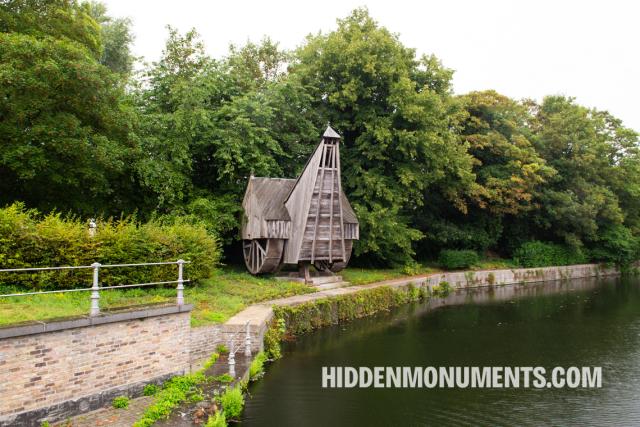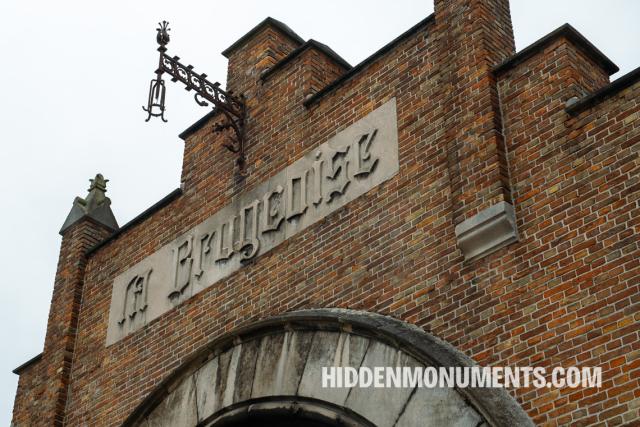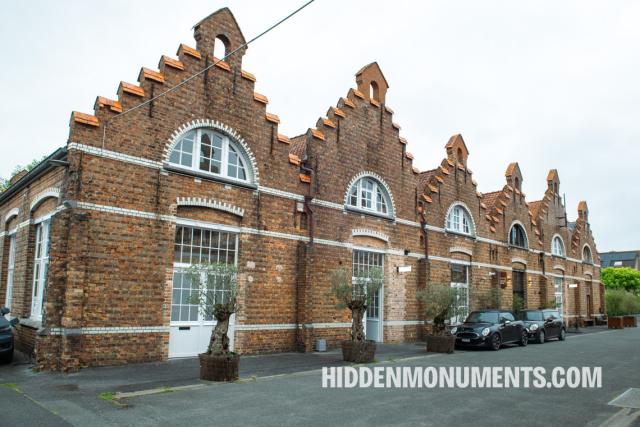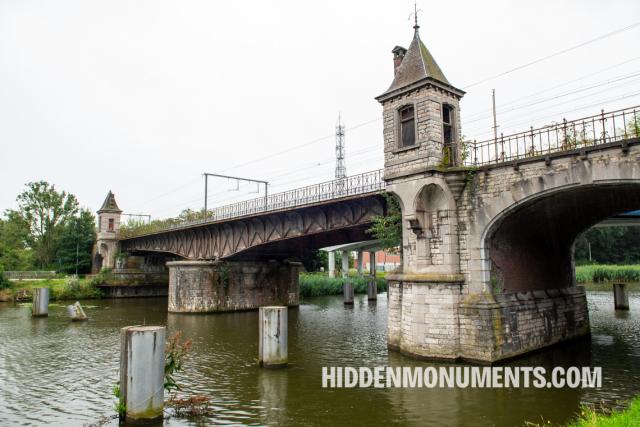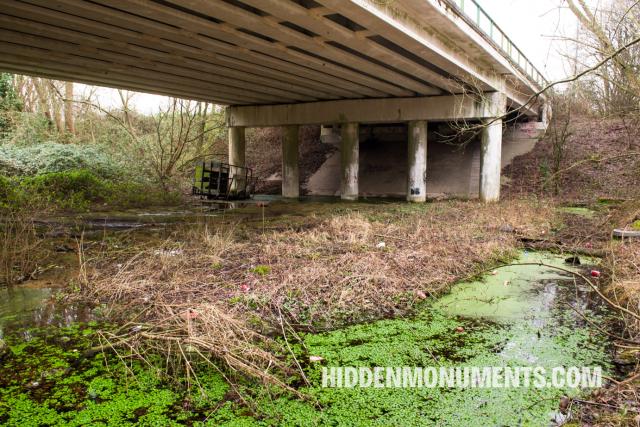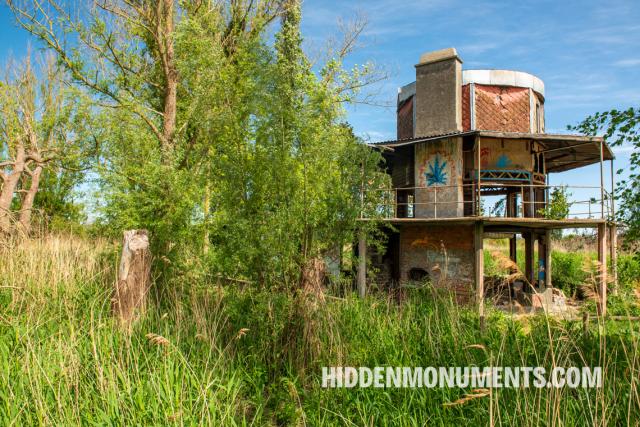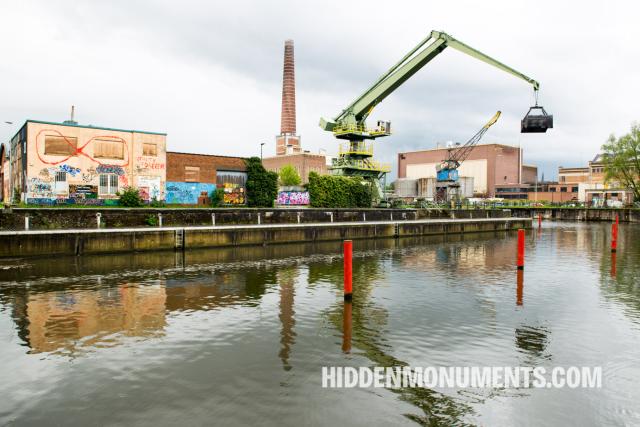Bruges, often dubbed the "Venice of the North," is world-renowned for its medieval architecture, winding canals, and romantic ambience. But beyond the well-trodden tourist paths lies a wealth of hidden gems that offer a deeper, more nuanced look into the city's rich history and culture. Here are a few lesser-known treasures worth seeking on your next visit.
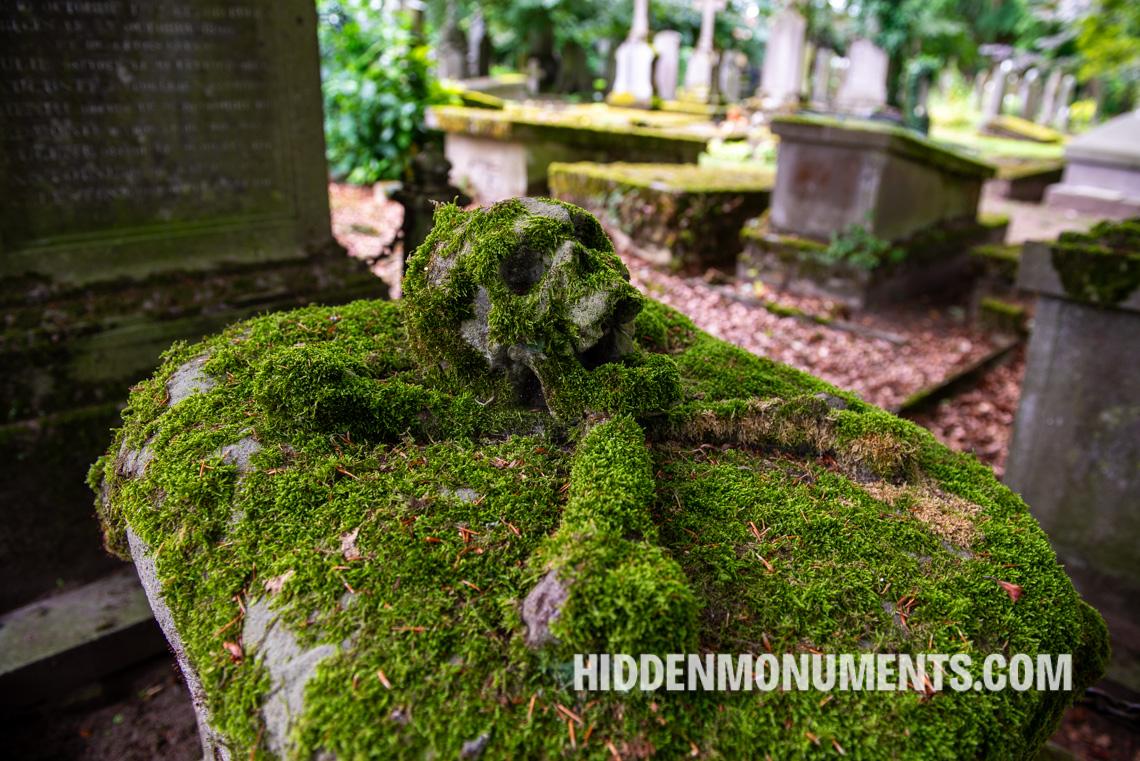
1. The Tranquil Ambiance of Bruges’ Cemetery
While Père Lachaise in Paris may be the world’s most famous cemetery, Bruges has a serene resting place that rivals its beauty and historical significance. Tucked away from the hustle and bustle, the Bruges Cemetery is a peaceful oasis filled with ornate tombstones, statues, and mausoleums. Strolling through this cemetery feels like stepping back in time, offering a quiet moment to reflect on the lives of notable Bruges residents who have shaped the city's history.
2. Medieval Harbour Crane
The Historic Harbour Crane While Bruges’ canals are famous, its maritime history is less well-known. The first Bruges port cranes surfaced as early as the thirteenth century and stood at today's Kraanplein ("Crane Square"), where the river Reie ran into town.
This massive, manually operated wooden crane once played a critical role in unloading ships that brought goods from all over the world to Bruges. Today, the "Crane Square" no longer houses a harbour crane, but a replica can still be found on the city's outskirts. Standing next to it, you can almost hear the bustling activity of the port in its heyday, a reminder of Bruges’ past as a central trading hub.
3. The Legacy of Bruges' Industrial Heritage
Bruges may be celebrated for its medieval charm. Still, its industrial past holds compelling stories, particularly the legacy of La Brugeoise. This major manufacturing company produced train carriages and American-standardised PCC trams for the Western European market. Founded in 1905, La Brugeoise became a symbol of Bruges' industrial prowess, exporting railway equipment globally. Although the original factory is no longer in operation, its buildings still stand as a testament to the city’s industrial past.
Adding another layer to this industrial narrative is the repurposed Delhaize Brush Factory. Originally a factory where brushes were made for the Delhaize supermarket chain, this site has become a vibrant cultural hub. Today, it hosts a mix of creative spaces, including art studios, galleries, and event venues, breathing new life into what was once a cornerstone of Bruges’ manufacturing sector.
Together, these sites paint a picture of a Bruges that was once at the forefront of industrial innovation. While the city is often associated with its medieval heritage, these remnants of its industrial age equally deserve attention. Visiting these locations offers a unique glimpse into a different side of Bruges, one where the hum of machinery and the clatter of train carriages were the sounds of progress.
4. The Threatened Railway Bridge
Just outside the city centre lies a piece of industrial heritage under threat. At the beginning of the 20th century, the railway line towards the East Coast was built on an elevated bed and construction of the railway bridge over the Ostend Canal started in 1906.
Exploring these hidden corners of Bruges reveals a city rich in medieval splendour and industrial ingenuity. History and innovation intertwine to tell the full story of Bruges' enduring legacy.


